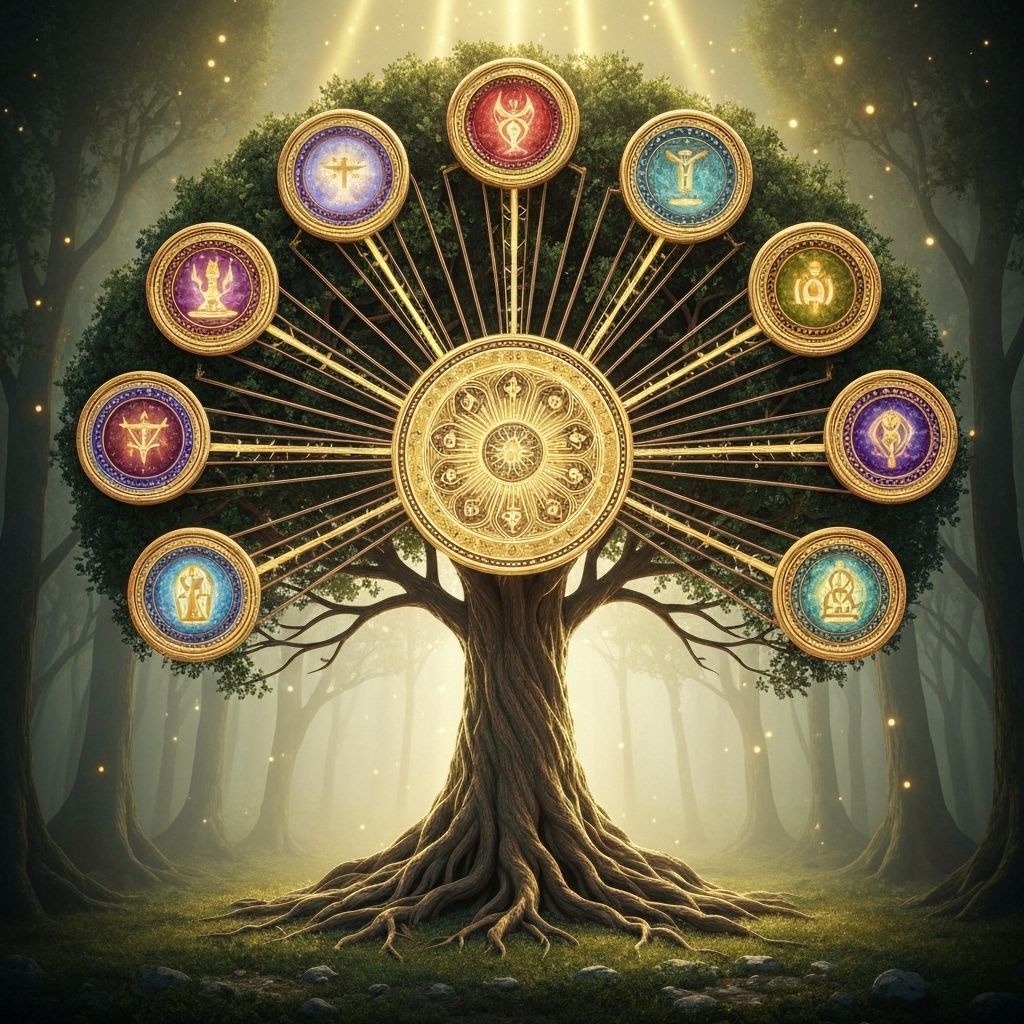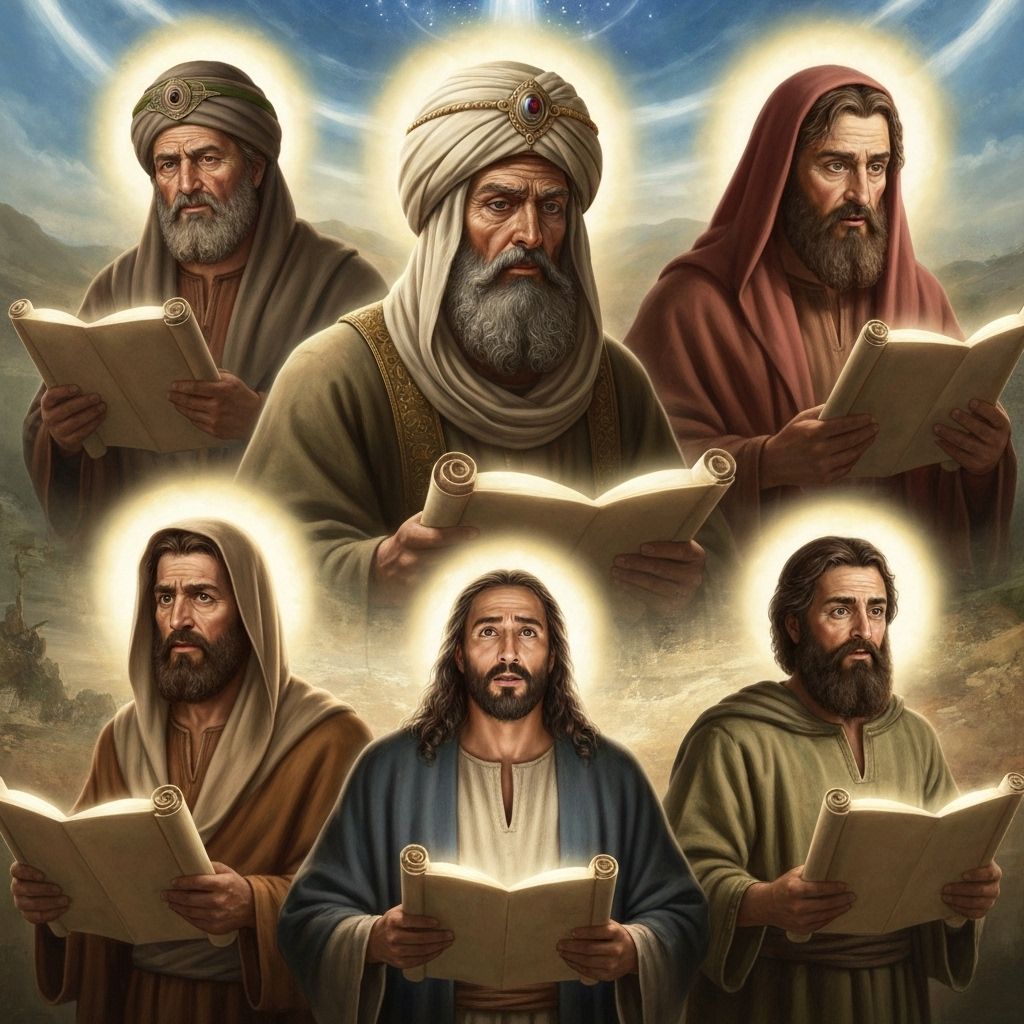3-Minute Summary
The Words of the Torah Explained with Help from Rashi and Ramban
Rashi (1040-1105) was a medieval French rabbi whose commentary on the Torah and Talmud is considered essential reading. His explanations focus on the plain meaning of the text and are known for their clarity and accessibility.
Ramban (1194-1270) was a Spanish rabbi, physician, and philosopher who provided deeper mystical and philosophical insights into the Torah, often building upon Rashi's work while adding his own profound interpretations.
Parsha Ki Tavo ('When you come') describes the covenantal ceremonies that will mark Israel's entry into the Promised Land. Moses instructs the people to perform a dramatic ritual on Mount Gerizim and Mount Ebal, where the tribes will divide: six tribes proclaiming blessings from one mountain, six proclaiming curses from the other.
The parsha details the blessings that will come from obedience - agricultural abundance, military victory, international respect - and the curses that will result from disobedience, including disease, famine, defeat, and exile. This ceremony creates a collective commitment to the covenant.
Moses teaches the declaration of first fruits (bikkurim), where farmers bring their initial harvest to the Temple and recite a historical confession acknowledging God's deliverance from Egypt. The tithe confession expresses gratitude for God's provision and care.
Throughout, the parsha emphasizes the importance of remembrance, gratitude, and covenantal commitment as the foundation of Israelite identity.








